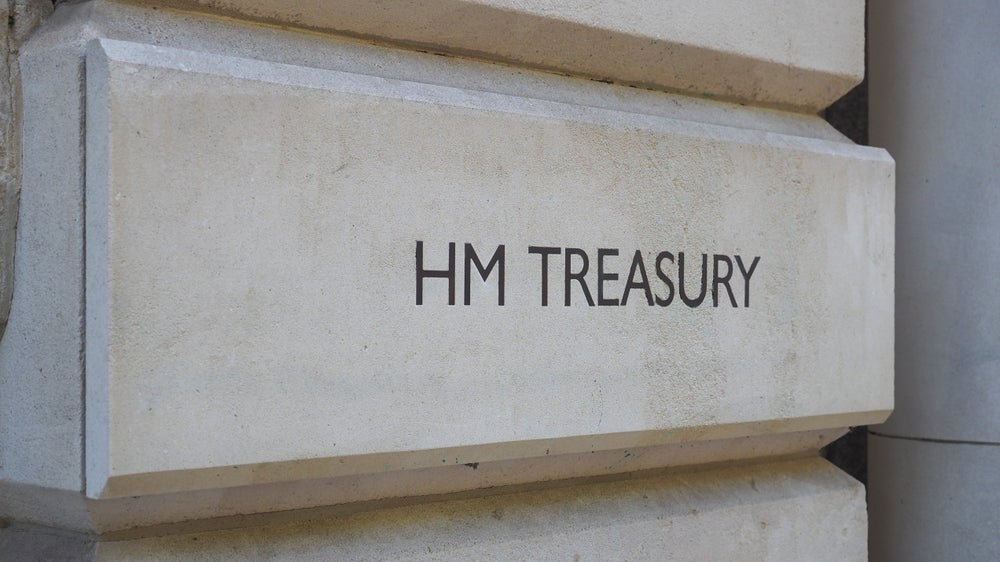
London banks remain at a tax disadvantage compared to their international peers. The London total tax rate of 46.4% is 0.6 percentage points higher than in 2024 according to data from UK Finance. This is driven by changes to employer’s National Insurance Contributions (NICs) from April 2025. The rates for Frankfurt, Amsterdam, and Dublin increased by 0.3, 0.2, and 0.1 percentage points respectively, and New York remained unchanged.
Looking ahead to 2026, the total tax rate in London is projected to increase slightly to 46.6% reflecting the full-year impact of the changes to employer NICs, with the other jurisdictions remaining unchanged.

Access deeper industry intelligence
Experience unmatched clarity with a single platform that combines unique data, AI, and human expertise.
Many of the UK’s principal international competitors in financial services (notably the US, Switzerland, Singapore and the UAE) do not impose banking-specific taxes, whereas the bank surcharge and the bank levy have become permanent features of the UK tax regime. Removing both would potentially reduce the London 2026 total tax rate to 40.0%.
Tax contribution to government
The report also contains the latest estimate of the total tax contribution of the UK banking sector, estimated to be £43.3bn for the financial year to the end of March 2025.
The overall tax contribution has increased by a third since the study started in 2014 when it was £33.4bn.
The total is made up of £23.1bn in taxes borne, including corporation tax and the bank levy, and £20.2bn in taxes collected, including income tax and employee NICs.

US Tariffs are shifting - will you react or anticipate?
Don’t let policy changes catch you off guard. Stay proactive with real-time data and expert analysis.
By GlobalDataAcross the UK, the banking sector employs highly skilled workers, and employment is an important way in which the sector contributes to the UK economy. Employment taxes (income tax deducted under PAYE, employer and employee NICs and the apprenticeship levy) amounted to £24.1bn, equivalent to 5.5% of all employment tax receipts.
Government figures show that corporation tax from the banking sector (including the bank surcharge) and the bank levy were £11.1bn, representing 11.4% of total receipts from all corporate taxes.
International comparison
The report looks at the total tax rate of a model bank operating in the UK and other leading global financial centres. This aims to provide a holistic comparison of the banking tax environment in London compared to Amsterdam, Frankfurt, Dublin and New York.
The 2025 total tax rate figures are:
- London – 46.4%
- Amsterdam – 42.2%
- Frankfurt – 38.9%
- Dublin – 28.9%
- New York – 27.9%
David Postings, Chief Executive of UK Finance, said: “This report demonstrates that the UK banking sector is a major contributor to the public finances, with over £43bn paid in taxes last year. But it also shows that banks operating here face a total tax rate significantly higher than in other global financial centres.
“Uncertainty around future bank taxation, combined with permanent sector-specific taxes, sends a negative signal to international investors. A strong economy needs strong banks. To help drive growth and investment the focus should be on delivering the Leeds Reforms, combined with a supportive tax regime, which will put the sector in the best position to support the wider economy.”







